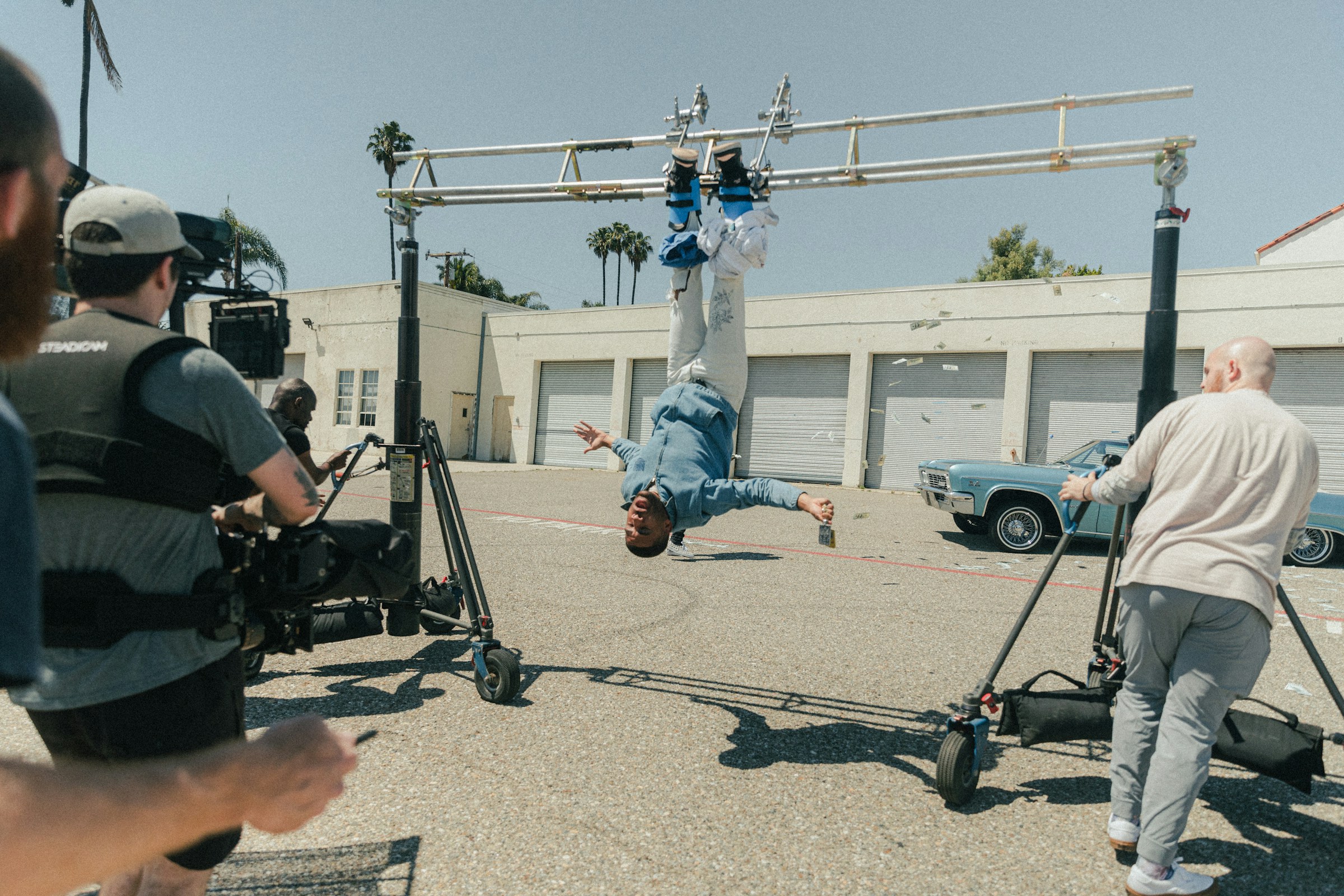
Evolution of Film Distribution: From Classic Theatres to AI-Driven Strategies
Introduction
Film distribution, an indispensable part of the film industry, has undergone significant transformations over the years. From the golden age of Hollywood to the digital wave and the rise of AI, it's an ever-evolving process that mirrors technological, social, and economic shifts. This article seeks to explore the myriad facets of film distribution, tracing its journey from inception to the present day.
The Dawn of Film Distribution
In the early 20th century, with the birth of Hollywood and the movie industry, films were distributed primarily through cinemas. They were shipped across the country in large reels, screened in dedicated movie theaters to eager audiences. Studios tightly controlled the distribution process, operating a 'studio system' that ensured they had a firm grip on both production and exhibition.
Rise of the Independents & Theatrical Commitment
By the mid-century, the studio system was challenged, paving the way for independent filmmakers and distributors. Their commitment to the theatrical experience was paramount. Indie films, characterized by distinct narratives and avant-garde techniques, needed specialized distribution strategies. These films often found their audience in art-house cinemas and film festivals, reflecting the diversification of audience preferences.
The Home Entertainment Era
With the invention of the television, VHS, and later the DVD, a new home entertainment market was born. Distributors needed to think beyond the cinematic experience. The late 20th century saw a boom in direct-to-video releases, with films sometimes bypassing theaters entirely. Blockbuster Video and similar rental chains further revolutionized the way films were consumed, challenging traditional models of distribution.
Digital Disruption and Streaming Wars
The 21st century ushered in a digital revolution. The advent of the internet saw the rise of video-on-demand (VOD) platforms, which have since dominated the landscape. Companies like Netflix, Amazon Prime, and Hulu disrupted traditional distribution, offering an extensive library of films at the audience's fingertips.
This digital shift was not without its challenges. The industry grappled with piracy and copyright infringement. However, platforms evolved, incorporating better security measures and offering original content, further enticing audiences away from the big screen.
The Role of Data & AI in Modern Distribution
With the rise of digital platforms came a wealth of data. Distributors no longer had to rely solely on box office figures and critics' reviews. Streaming services gathered data on viewing habits, preferences, and even the exact moments viewers paused or stopped watching a film.
The potential of AI in this landscape cannot be understated:
- Data-Driven Decisions: AI algorithms analyze consumer data, making distribution more targeted and efficient.
- Dynamic Pricing: AI adjusts ticket and subscription prices based on demand, reviews, and other metrics.
- Content Discovery: Personalized recommendations by AI algorithms boost indie film visibility, helping them find their niche audience.
- Predictive Analysis: AI models predict a film's success using pre-release data, ensuring a better return on investment.
The Global Perspective
Internationally, film distribution has its unique challenges and innovations. Beyond Hollywood's influence, local industries have developed their own distribution networks. For instance, Bollywood, Nollywood, and other film industries have built vast domestic and diasporic distribution channels.
Regions like Europe, with its rich history of cinema, have unique distribution models that cater to a more diverse audience. Moreover, countries like Australia have had their unique challenges, such as consolidation under cable windows and shifts in free TV spending.
Conclusion
Film distribution, like any other industry, is a product of its time. Its evolution reflects broader changes in technology, culture, and economics. Today, it stands at a fascinating juncture, combining age-old love for cinema with the limitless potential of technology. As we look to the future, adaptability remains key. Whether it's leveraging AI, navigating global challenges, or embracing new modes of storytelling, the world of film distribution is set for even more exciting transformations.

















